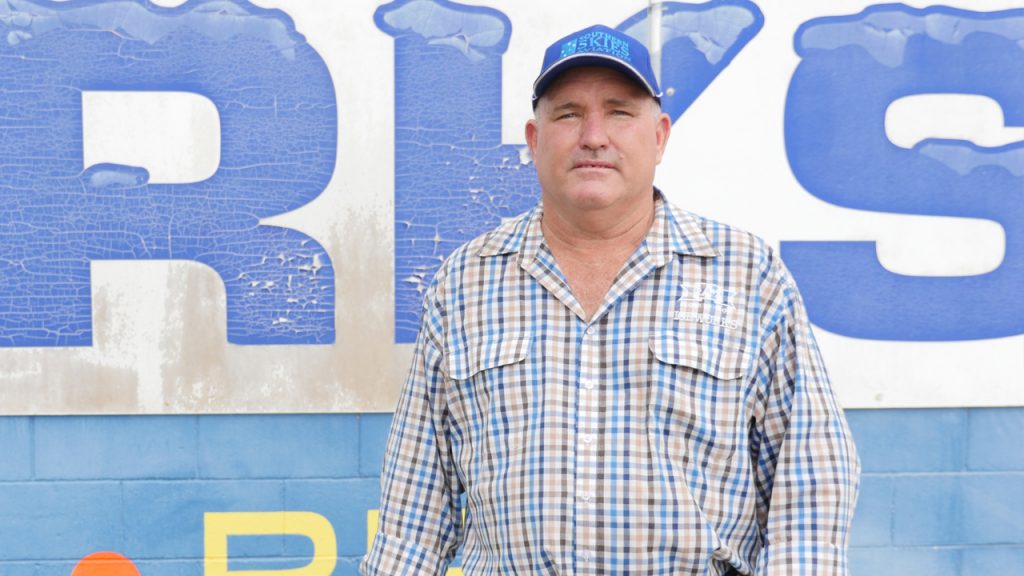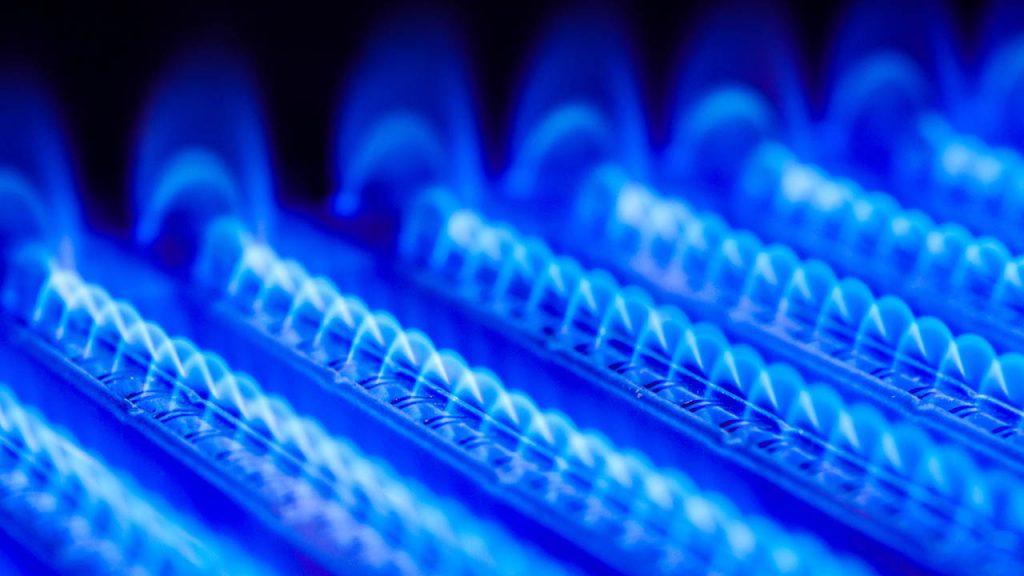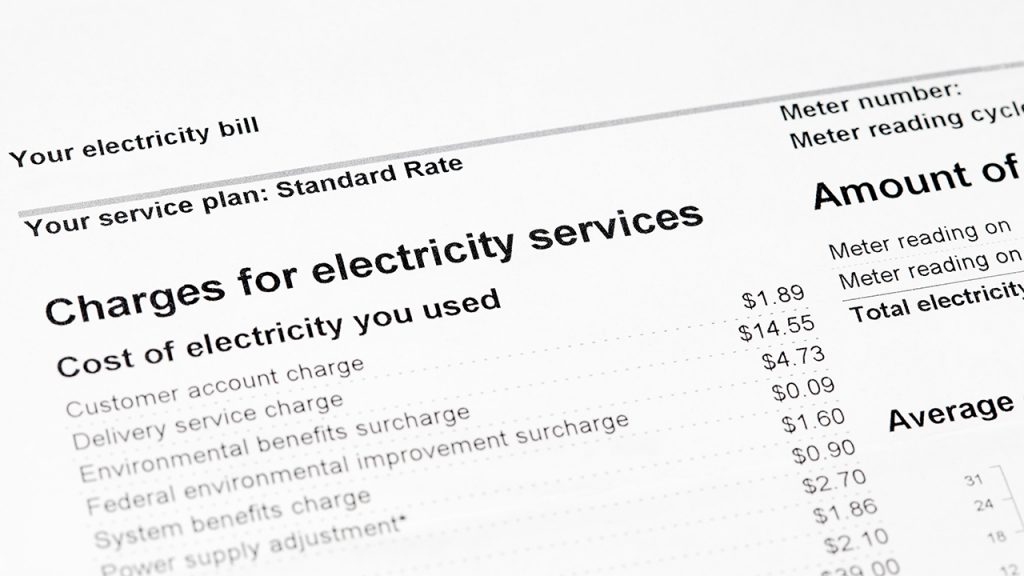Most Australian small businesses have benefitted from cheaper energy costs during the past 12 months, according to our Retail Tariff Tracker Report.
The report, compiled by research firm Alviss Consulting is published twice a year and the latest version is based on retail offers available to small businesses during April 2021. The tracker bases its analysis on a small business (SME) consuming 20,000 kWh per annum, the amount the Australian Energy Market Operator (AEMO) says constitutes average use for an Australian small business across the National Electricity Market.
Good news for small businesses

Nationally, average annual electricity bills for SMEs with this consumption level decreased by approximately $270 or 4% between April 2020 and April 2021.
This is great news for the one million Australian small businesses and the people who own and operate them. We’ve seen decreases in the wholesale electricity price as a result of multiple factors including the influx of renewable energy into the grid and the impact of price monitoring and default offers.
We are really encouraged to see retailers passing those savings on to small business consumers in the form of lower tariffs.
The report finds the greatest decreases in annual electricity bills for small businesses have been in Victoria ($875). Only Western Australia experienced an increase in electricity bills in the past year ($230), but they remain significantly lower than the peak levels reached in 2017.
South Australian small businesses continue to have the largest average annual electricity bills ($7,215) while Queensland businesses continue to have the lowest ($5,190).
A factor in South Australian prices is that the state’s electricity consumers continue to face the highest level of network charges in the nation. Network charges are levied by network operators to cover the cost of building and maintaining ‘poles and wires’ infrastructure.
Encouragingly, we are also seeing falling network costs during the past year being passed through to small business customers in South Australia, Victoria and Tasmania.
Gas prices are also down

Gas bills have also fallen for most small businesses but not to the same extent.
On average, nationally, annual gas bills decreased by 2% between April 2020 and April 2021.
However, annual gas bills for small businesses with this consumption level have increased by $140 (4%) in South Australia. In New South Wales and the ACT, they have decreased by $225 (8%) and $200 (6%).
We know that many Australian businesses have been hard hit by the Covid-19 pandemic.
Within that context it is extremely encouraging to see that energy costs – which have been at historically high levels for much of the past decade – are coming down.
But there is definitely still work to do before we can say that Australia’s small businesses are operating comfortably in terms of their ability to meet their energy costs.
Default offers are working
A number of states have introduced default offer requirements that provide a safety net offer, set by the regulator. In Victoria, this is known as the Victorian Default Offer (VDO) and is set by the Victorian Essential Services Commission. In NSW, South East Queensland and South Australia it is known as the Default Market Offer (DMO) and is set by the Australian Energy Regulator.
Since a significant number of small businesses remain on these offers and benefit when they decrease, the introduction of default offers has demonstrably contributed to lowering overall energy costs.

In Victoria, the average VDO decreased by 14% on 1 January 2021. On average, the current VDO is 33% lower than the standing offers prior to the initial VDO taking effect in Victoria.
In NSW and South East Queensland, the DMO is 10% lower than standing offers prior to the initial DMO and in South Australia it is down by 6%. The Default Market Offer is projected to fall further from 1 July 2021, according to guidance from the Australian Energy Regulator.
These default offers are having a clear impact on lowering energy bills for small business and their introduction has been a genuinely impactful reform.
It’s important to note, though, that the default price is seldom the lowest available one. Small business owners and operators can usually get a better deal by investigating market offers or contacting their retailer.
Default offers are not just having an impact on prices. The report finds that the number of retailers has increased in South East Queensland, NSW and South Australia since the introduction of default offers. In addition, consumers are facing less complexity in comparing offers, with a lower proportion of offers containing conditions such as set contract terms and limited ‘benefit periods’.
